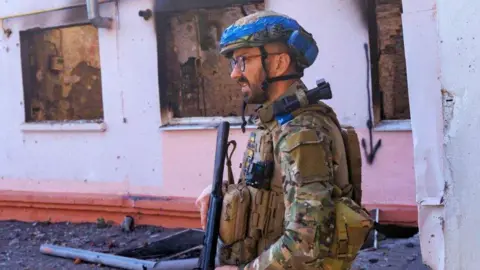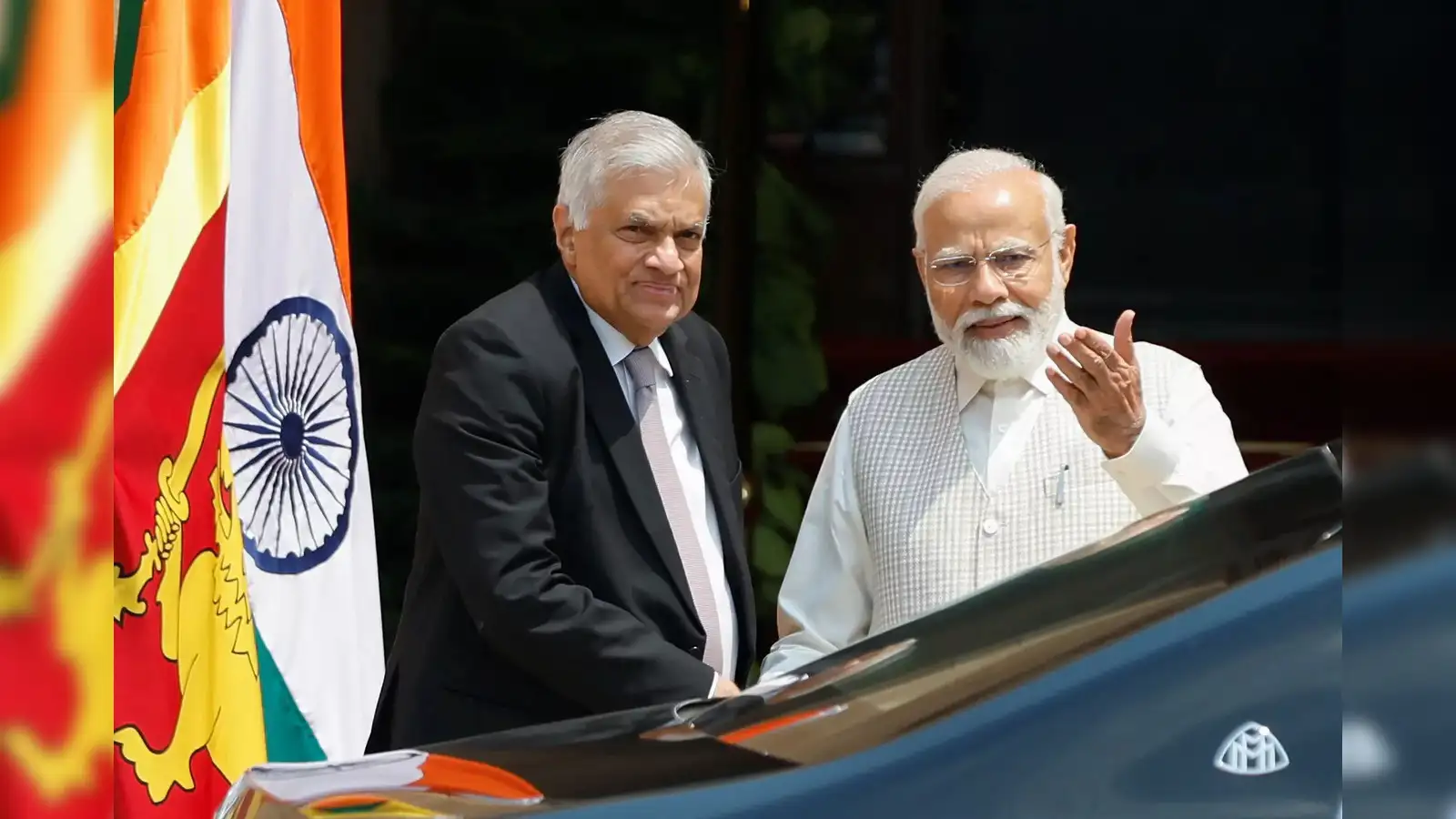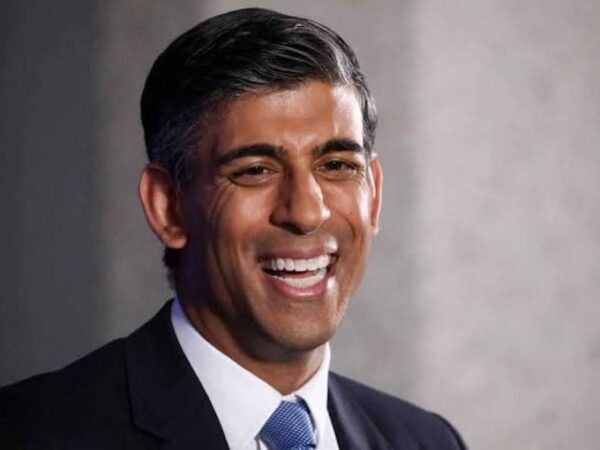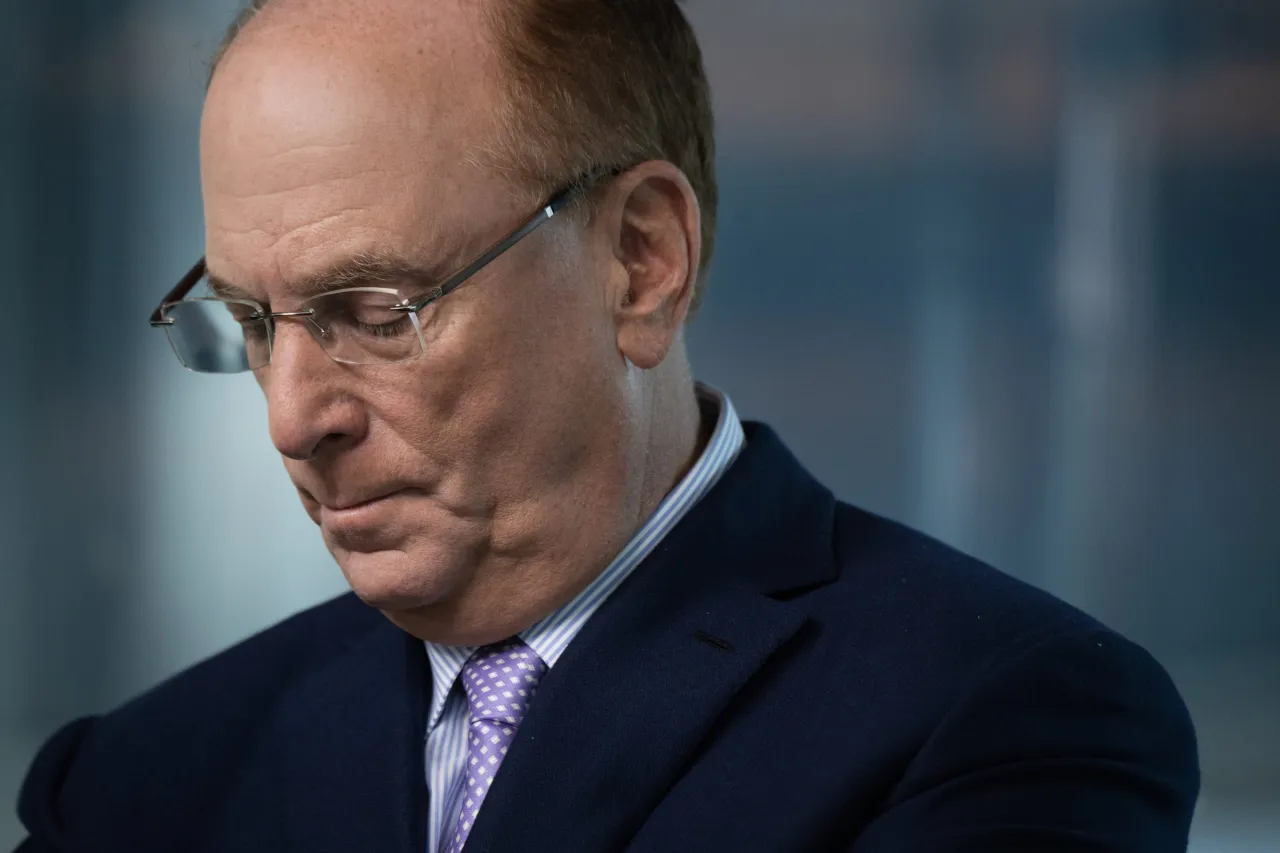Ukraine has initiated a fresh military offensive in Russia’s Kursk region, according to the Russian Ministry of Defense. The ministry reported ongoing efforts to repel Ukrainian attack groups, while Ukrainian officials hinted at a developing operation.
This marks the latest chapter in a conflict that first saw Ukrainian forces push into the Kursk region in August of last year, seizing a significant stretch of territory. In the intervening months, Russian forces have regained substantial ground, yet they have been unable to fully expel the Ukrainian presence.
In a statement shared on Telegram on Sunday, Russia’s defense ministry revealed specifics of the attack: “At around 9 a.m. Moscow time, the enemy launched a counter-attack by an assault detachment consisting of two tanks, one counter-obstacle vehicle, and 12 armored fighting vehicles.” The Ukrainian forces reportedly advanced from their base in Sudzha, targeting the villages of Berdin and Bolshoye Soldatskoye—a district center en route to Kursk city.
Russian military bloggers added further insights. Yury Podolyaka speculated that the operation might serve as a diversion, while Alexander Kots suggested the possibility of a more significant offensive elsewhere. Meanwhile, Ukraine’s presidential office head, Andriy Yermak, expressed optimism, calling developments in the Kursk region “good news” and asserting that “Russia is getting what it deserves.”
Ukraine’s counter-disinformation chief, Andriy Kovalenko, described the operation as a surprise multi-directional attack, leaving Russian forces in the Kursk region in “great anxiety.” However, the scale of the offensive remains uncertain, and its potential to alter the frontline significantly is yet to be determined.
Ukraine’s forces have faced significant challenges in recent months, including manpower shortages and territorial losses in the east. Russian troops have made steady gains, though they continue to face staunch resistance.
The renewed offensive comes amidst intensified hostilities. The Ukrainian Air Force reported intercepting 61 Russian drones overnight, targeting Kyiv and multiple other regions, including Poltava, Sumy, Kharkiv, Chernihiv, and Dnipropetrovsk. While no direct hits were reported, intercepted drones caused damage to a few houses in Kharkiv.
This offensive is not without precedent. In November, Ukraine claimed its forces had engaged North Korean soldiers fighting alongside Russian troops in the Kursk region. This followed Ukraine’s surprise August attack, which pushed as far as 30 kilometers into Russian territory. The advance prompted Moscow to evacuate nearly 200,000 residents from border areas and drew condemnation from President Vladimir Putin, who labeled the operation a “major provocation.”
During that period, Ukraine’s top commander declared control over 1,200 square kilometers of Russian land, including 93 villages. However, some of that territory has since been recaptured by Russian forces.
While this latest offensive underscores Ukraine’s determination, the conflict’s trajectory remains uncertain. Analysts suggest the Kursk operation may be part of a broader strategy, potentially masking preparations for a larger assault elsewhere. As both sides maneuver for advantage, the battle for control continues to evolve, with no clear resolution in sight.




